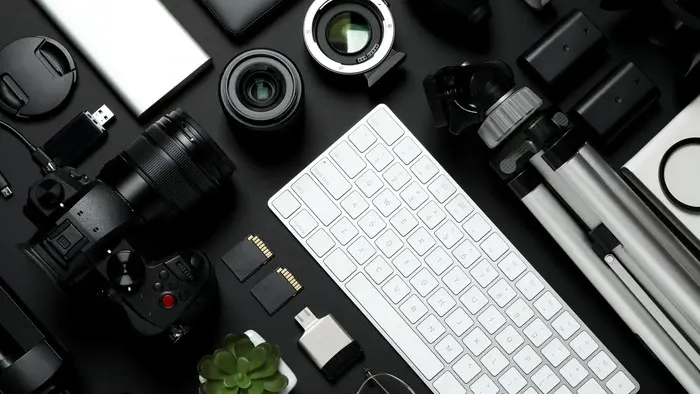20 Essential Video Production Questions to Ask Before Creating a Private Club Video
In the private club industry, storytelling is a proven approach for clubs to differentiate themselves. Your club’s identity, culture, and member...
I'm not much of a cook, but I still love to watch cooking shows on TV. In fact, that's probably why I watch so many cooking shows. There's something magical about watching people who really know what they're doing.
It's also easy to pick up little tips like the right way to chop an onion or the preferred pan for searing steak (cast iron). Yet the tips that get etched permanently in my memory happen whenever a chef throws a fit about something they hate. I now know why it's so bad to undercook chicken (it could kill you), mix fish and cheese (it could kill your soul), or use more than a little bit of raw onion (it could kill your tastebuds).
So, with that in mind, the best way to share my recipe for making a good video is probably to talk about what makes a bad video. After all, there are an awful lot of poorly produced videos out there, so here are some of the cringe-worthy video issues that absolutely drive professionals crazy.
Let's start with some of the things that prove a video was truly produced by amateurs:
The problem isn't that these amateur mistakes prove you're an amateur. The problem is that they are distracting. They get in the way of your message. If you can't hear the main character or there are terrible shadows, the audience will start thinking about those things rather than the story.
But several other mistakes can really reduce the effectiveness of your video. Here are 6 common mistakes that we see businesses make:
Speaking of stories, too many videos miss them. If you're talking about a charity, don't focus on the executive director. If you're talking about a company, don't focus on the president or owner. The best way to tell the most interesting stories is to interview interesting characters. Remember, stories are compelling. The guys in ties (whether they are male or female) usually aren't. Check out this example from Catholic Charities to see what we mean. Notice how the organization doesn't spell out, "This is what we do," they let the video show what they do and why they're asking for more support.
2. Telling Too Many Stories
It's just as tempting to tell too many stories. Focus on your best stuff, not a laundry list of all the things you'd like to get into the video. After all, the audience has a limited attention span, and if you waste it bouncing from point to point, they may not remember any of them.
3. Caring About Quantity Instead of Quality
How long should your video be? The right answer should be based on the complexity of your story and the interest level of your audience. Amateurs get that backward. I cringe whenever I hear somebody say their video should be a certain time, like two minutes or less.
Random numbers may be based on audience attention levels, but the other side of the equation should be based on the elements of your story. And some stories need more time to tell than others. Of course, you need the right elements and storytelling techniques to keep the audience's attention, but when you do, it's worth it. Remember, people will watch all of a wonderful 2- or 3-hour movie, and they'll walk out of a crummy one, no matter how short it is. The same happens with videos.
This one may feel like "inside" stuff, but please, please, please go easy on the wipes and dissolves. They exist to help you tell the story, not to show off the software you are using. Editing is like a language, and these transitions have very specific meanings. A dissolve shows a change in location, and a wipe shows a change in time. They are not just ways to cover up jump cuts!
And while we're at it, there is never an appropriate time to use a star wipe, unless your goal is to make your video look like it belongs on a local cable access show.
Did somebody pass around a memo that said all videos should start with a logo? Why? If it's at an event, everybody already knows it's your video. Same thing when it's on your website.
I understand the desire for branding, but the first few seconds of a story are precious. That's your chance to grab the audience, and I guarantee the least interesting element of your video will be your logo. If it isn't, then you have much bigger problems!
Finally, the amateur errors can continue long after the video is produced. I absolutely hate when people post their video on one random page of their website. Or, worse yet, some just post a link to YouTube.
A video should be one of your most valuable online assets, so it should be posted in multiple places. Share it on Facebook and Twitter. Distribute it to your contacts with an email or newsletter. And, yes, you should also post a version on your YouTube channel. You obviously want to take advantage of all the traffic on that site, but the main version should be posted on one of the more visible pages of your own site, with all other copies linking to that page in order to drive traffic.

In the private club industry, storytelling is a proven approach for clubs to differentiate themselves. Your club’s identity, culture, and member...

This blog was updated for accuracy and relevance on March 6, 2025.

Look around. It’s clear we’ve come a long way in a short amount of time.